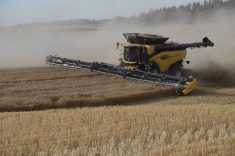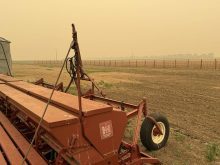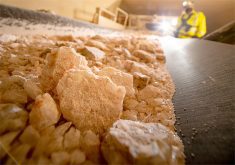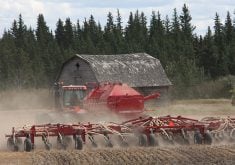CARDSTON, Alta. – When Rex Newkirk teaches farmers how to make biodiesel, it is like a day-long cooking show.
The recipe is straightforward using measures of methanol, lye and oil, with adjustments for the correct chemical reaction to occur because each oil produces a slightly different result.
Newkirk, with the Canadian International Grains Institute, is director of biofuel and feed. Driving a biodiesel-powered truck, he pulls his Flower Power trailer across the country teaching farmers how to make biodiesel and remove some of the mystique about this biodegradable energy source.
Read Also
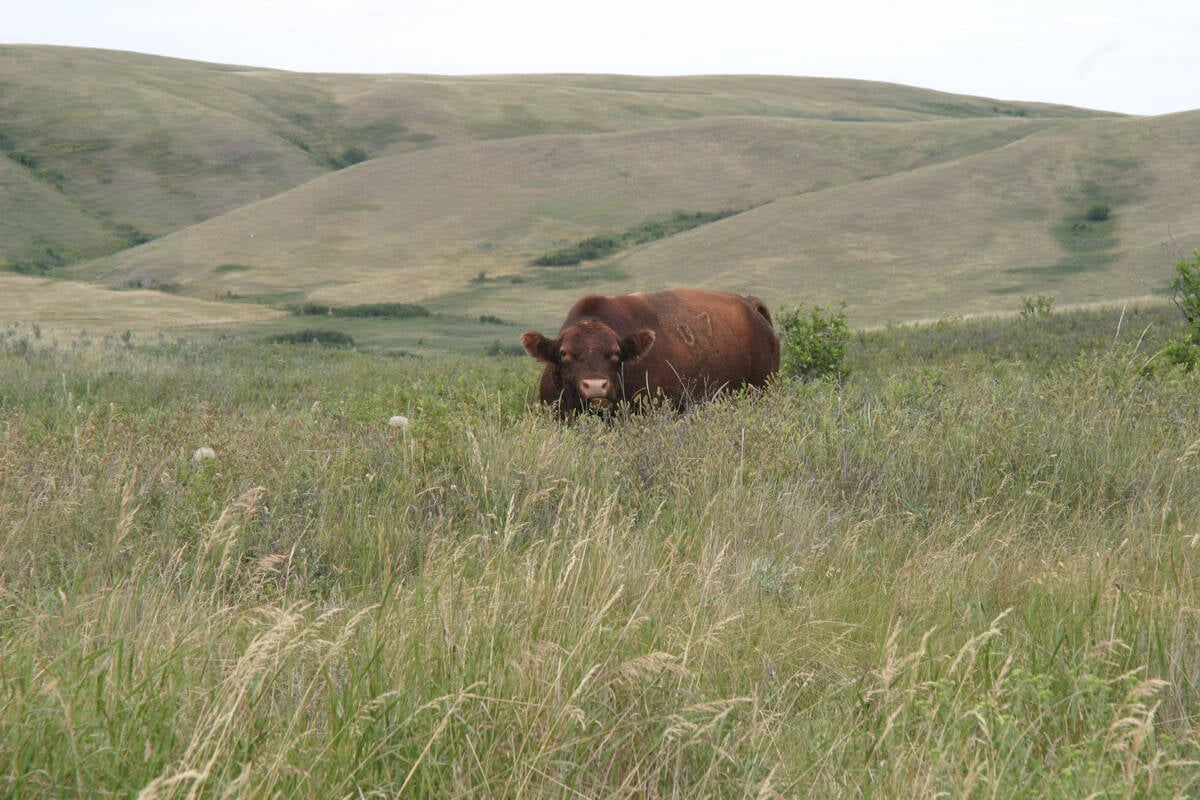
Saskatchewan puts crown land auction on hold
Auctions of Saskatchewan crown lease land are once again on hold.
The trailer has a small oilseed press that handles up to a quarter of a tonne of seeds per day. There is a biodiesel reactor where the three elements are combined to change the chemical composition of the oil or fat so the fuel performs like petroleum based diesel. There is a heat exchanger because the process requires heating and other processes to remove the byproduct glycerol.
Many types of fat can be used but each produces a different coloured product since each oil has slightly different properties and oxidation rates, he said at a workshop in Cardston.
“If you use deep fryer oil you’ll have a dark coloured fuel,” he said.
Beyond colour, the biggest difference among fats is cold flow. In warm months, canola based diesel runs well but it starts to freeze at -5 C. Soybean oil slows at 4 C and bacon grease does not flow well below 15 C.
The yields of fuel are nearly equal to the amount of feedstock mixed. One bushel of canola oil produces 8.5 litres of biodiesel. Newkirk has experimented with alternatives including making 220 litres of biodiesel per tonne of stinkweed seeds collected from a seed cleaning plant.
During the Cardston demonstration, participants concocted fuel from refined peanut and canola oil, raw freshly pressed canola oil and restaurant waste oil.
The students were shown how to test their feedstock and then begin the process of mixing and cooking, based on acidity levels and other properties of their selected oil.
The ingredients of oil, methanol and lye are mixed together and cooked to break apart fat molecules. Methanol is the cheapest and easiest alcohol to use compared to other forms but it is toxic and flammable so must be handled with care.
As the mixture settles, the diesel rises to the top and glycerol settles to the bottom.
Glycerol has been fed to livestock as an additive but its use in feed is illegal in Canada. In Alberta it can be used for road dust suppression and it degrades quickly.
The finished product needs to be washed with water or a resin to get rid of the methanol. Hard water should not be used because it could add unwanted minerals to the fuel or could react with the remaining chemical and form soap.
Water that has been filtered by reverse osmosis or good quality soft water works best. The product is then heated to a boil to remove water.
The results were varying shades of fuel from a light yellow canola base to something that looked like weak tea produced from restaurant grease. It was all suitable to burn in a diesel vehicle.
Biodiesel can replace Varsol as a cleaner to remove poor quality paint or rust. However, it can also penetrate pipes.
Traditional fuel leaves deposits in fuel tanks so when a high percentage of biodiesel is used, it acts as a super cleaner.
“It will cause stuff to come off your tank and go through your fuel filter so the first time you use biodiesel, you should change your fuel filter,” Newkirk said.
Canada has mandated a two percent blend for commercial use in 2010, which will require three billion litres. However, up to 100 percent biodiesel can be used. Newkirk has used up to 50 percent biodiesel in winter. Freezeup occurred in -30 C weather.
For those who want to exceed the mandate, vehicle warranties need to be checked to avoid invalidation.
“On the warranty side we still run up against a roadblock as to how much biodiesel we can use,” he said.





